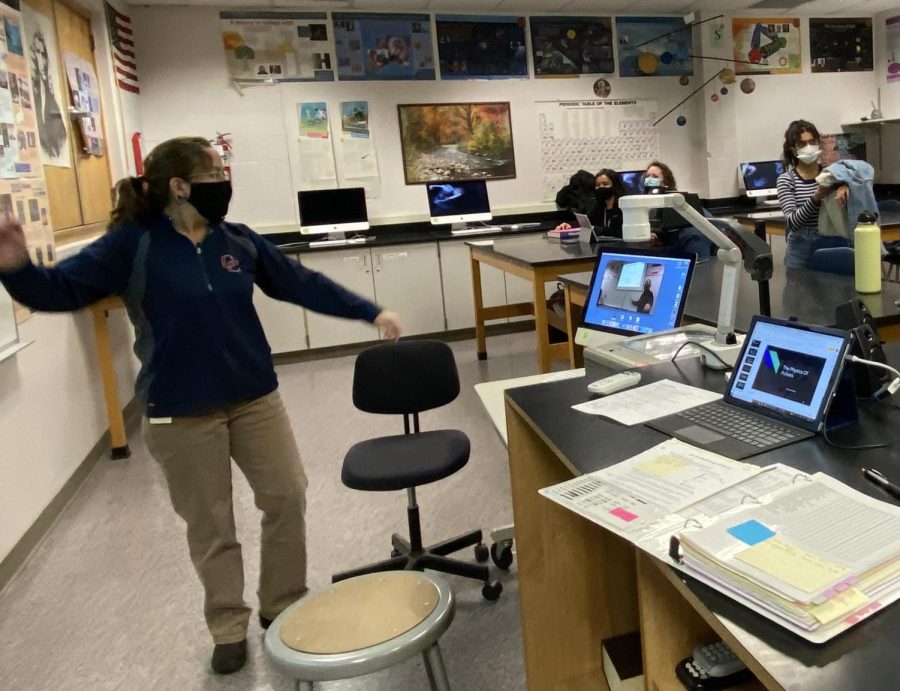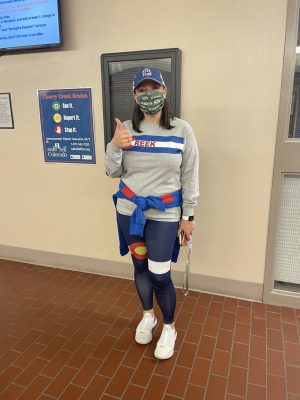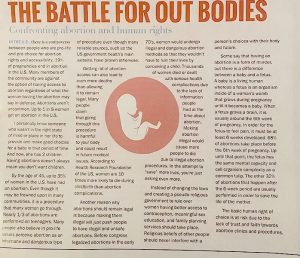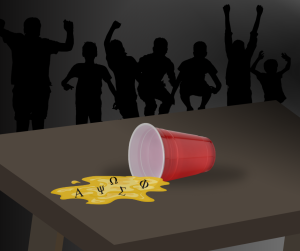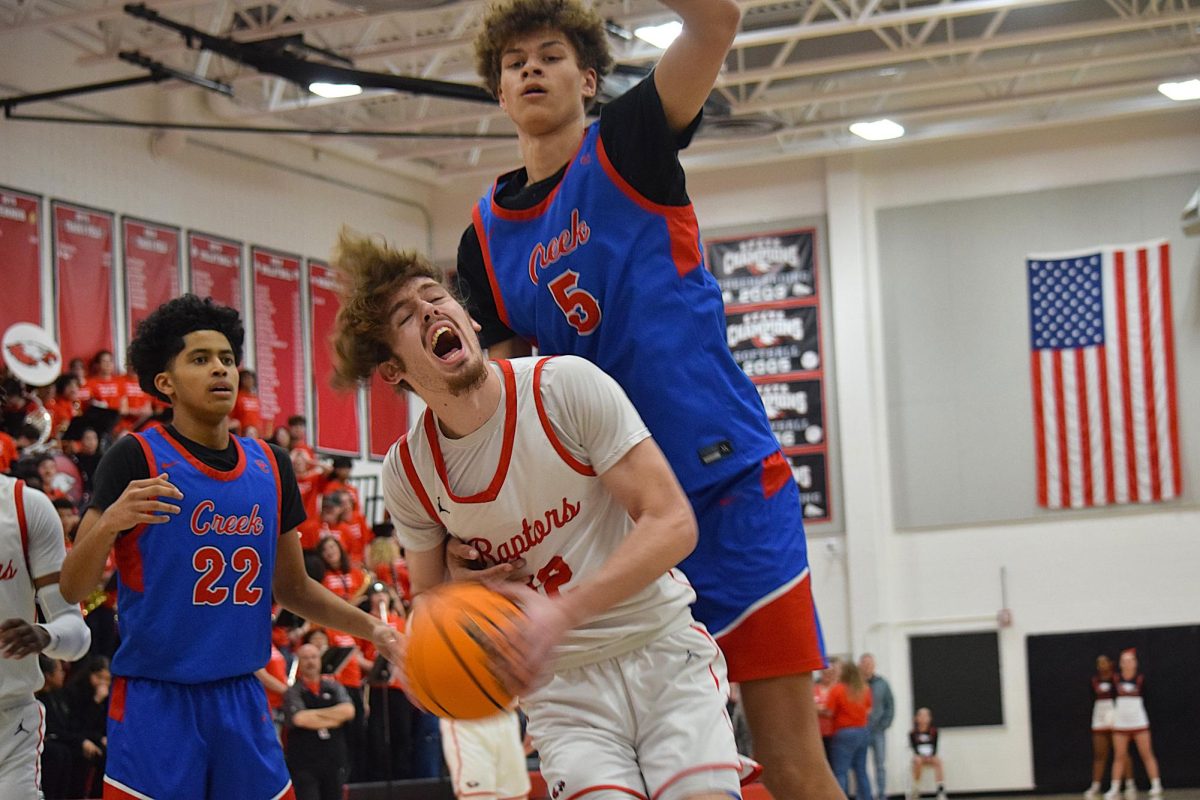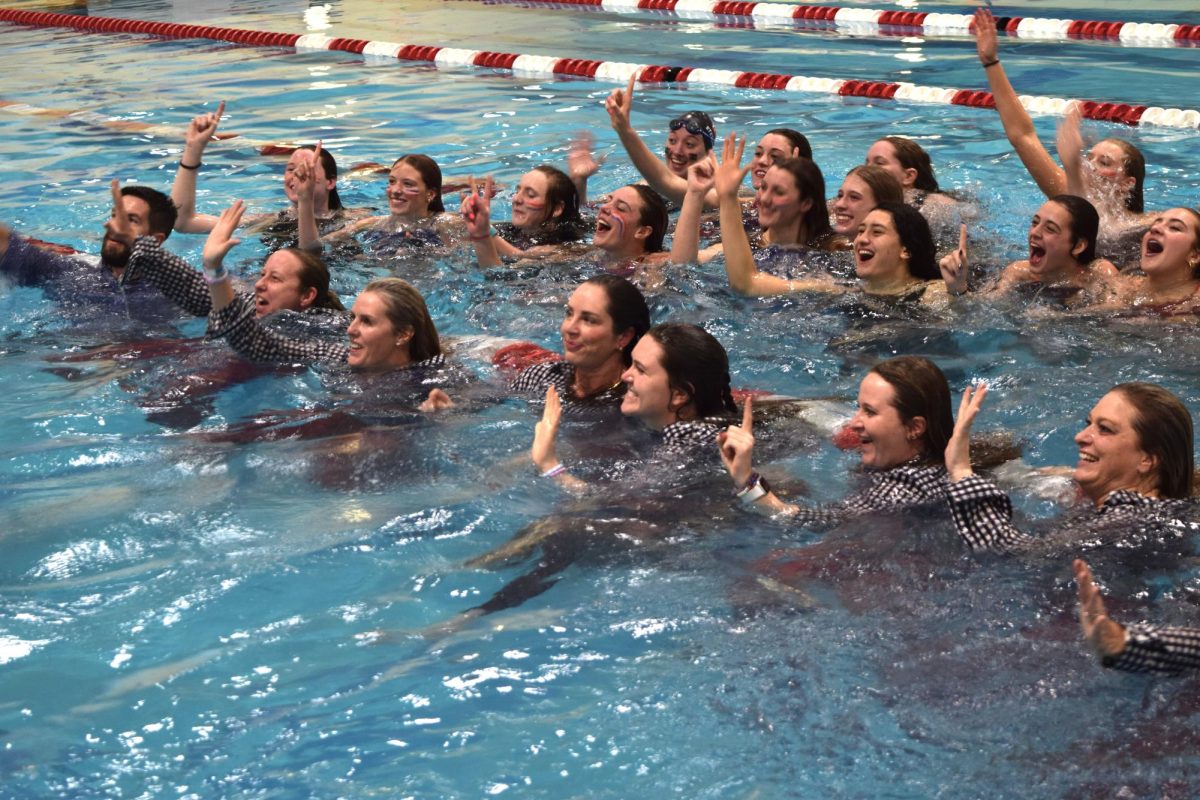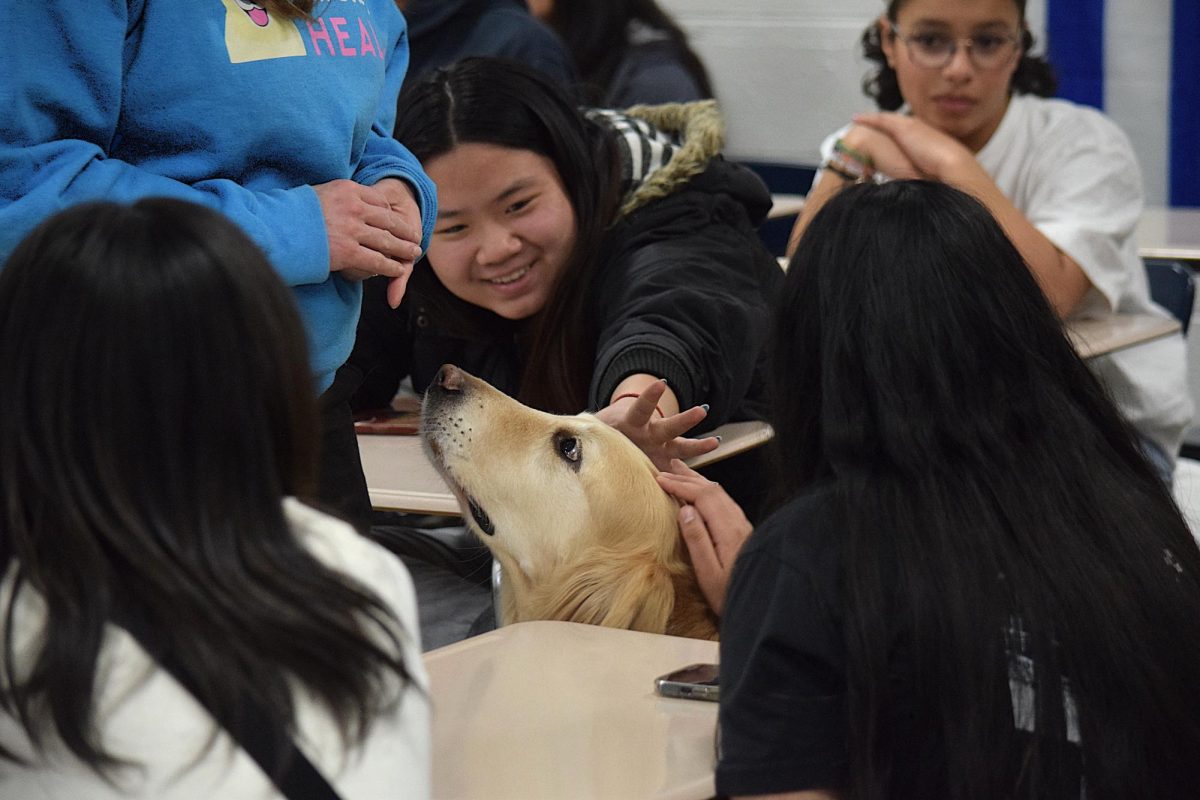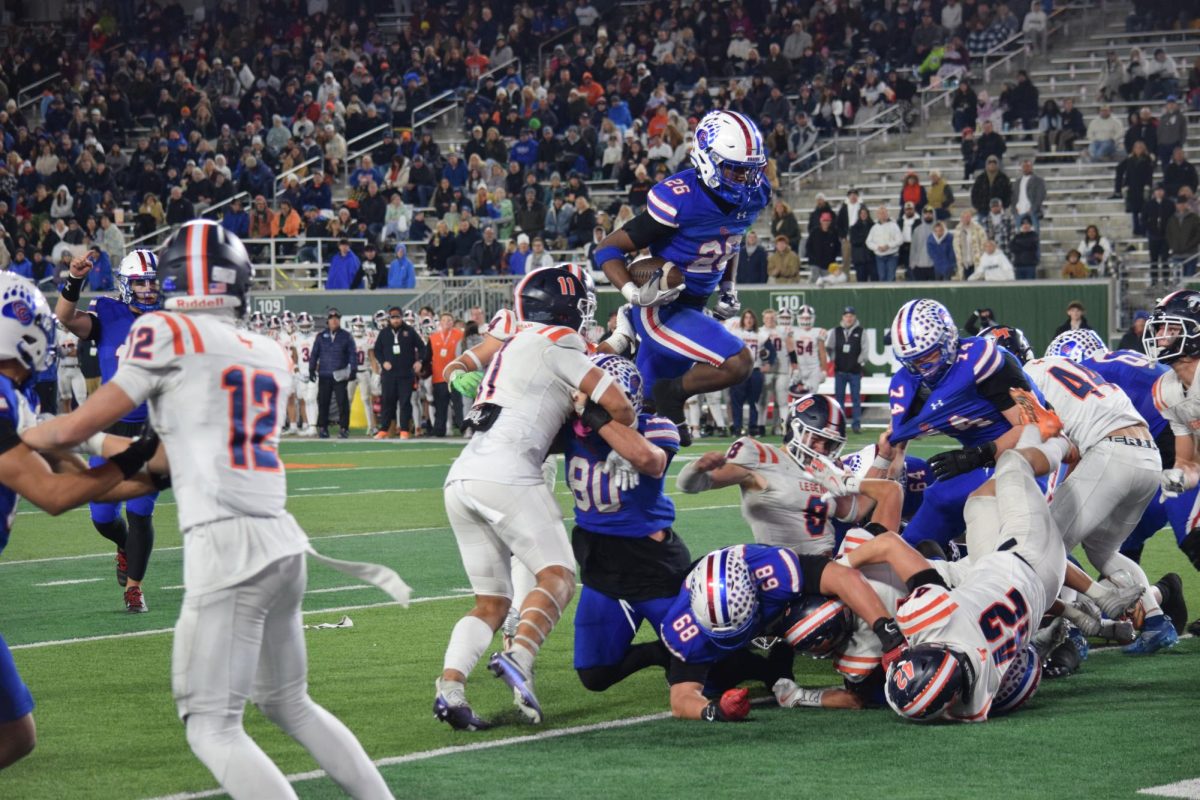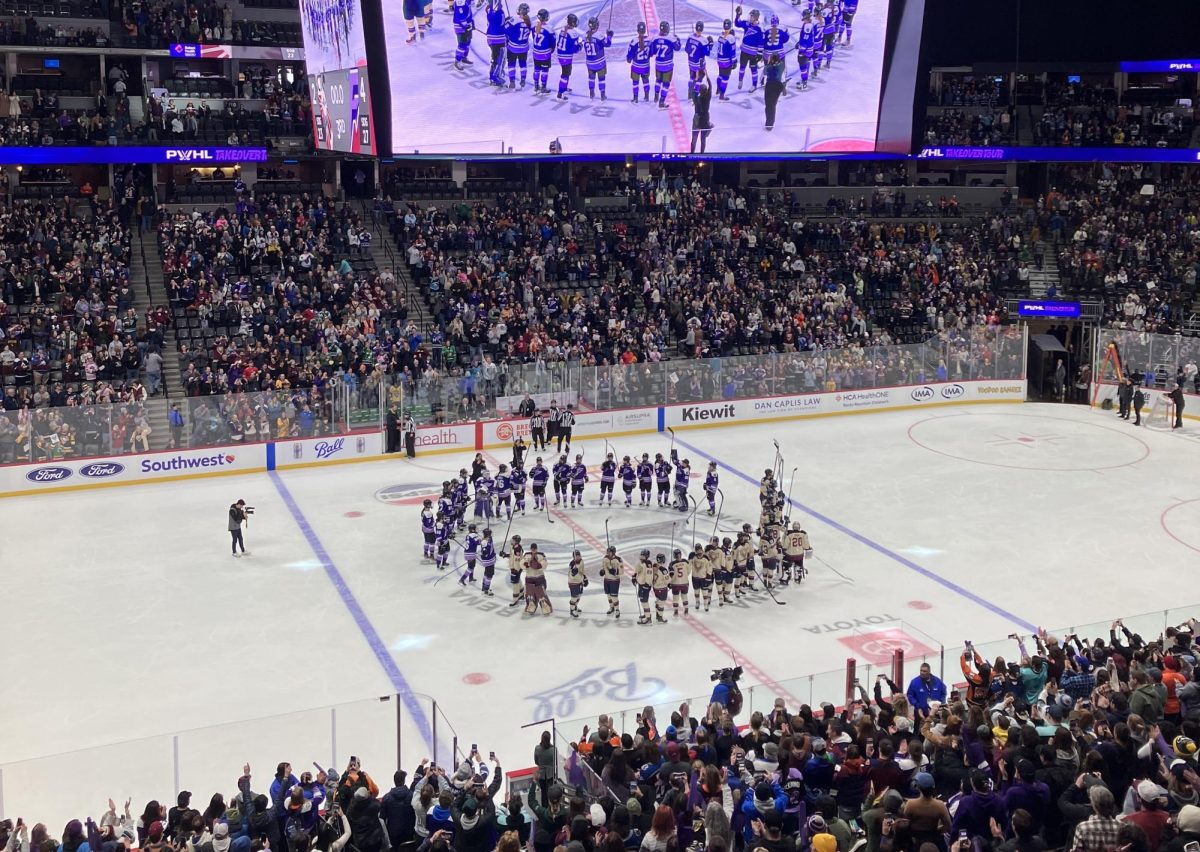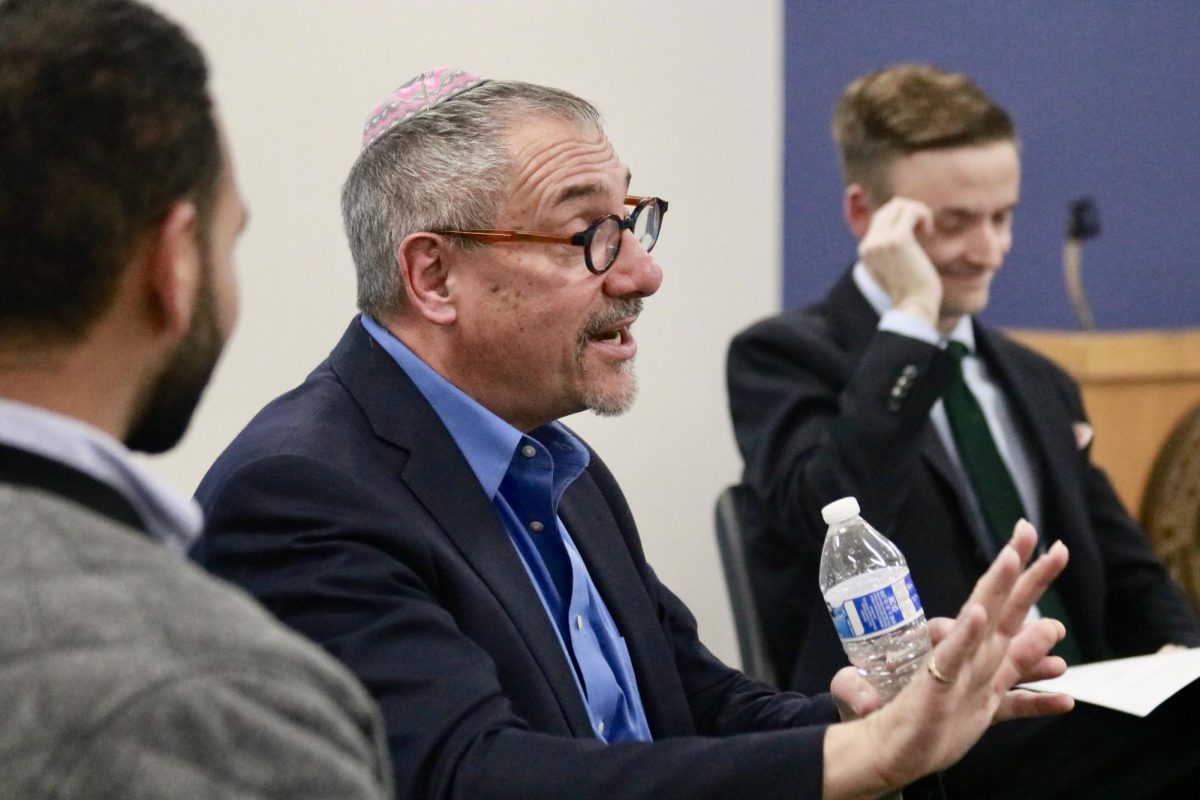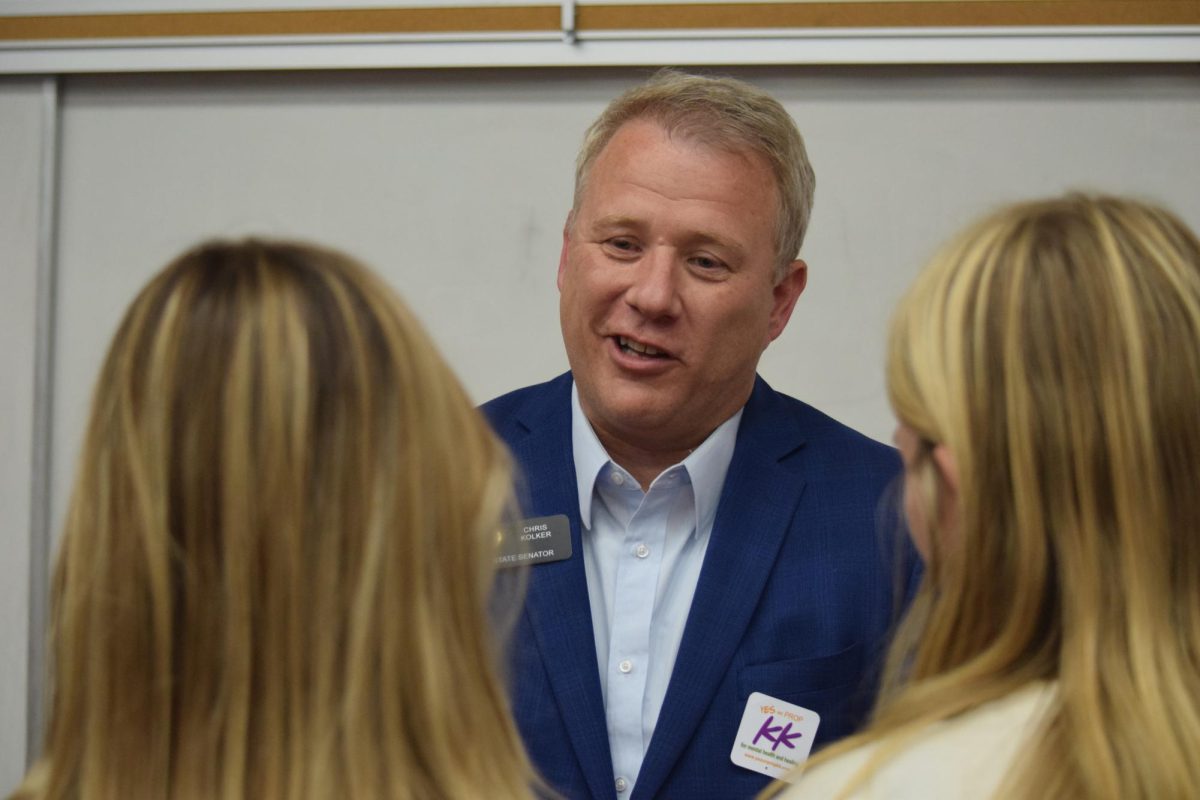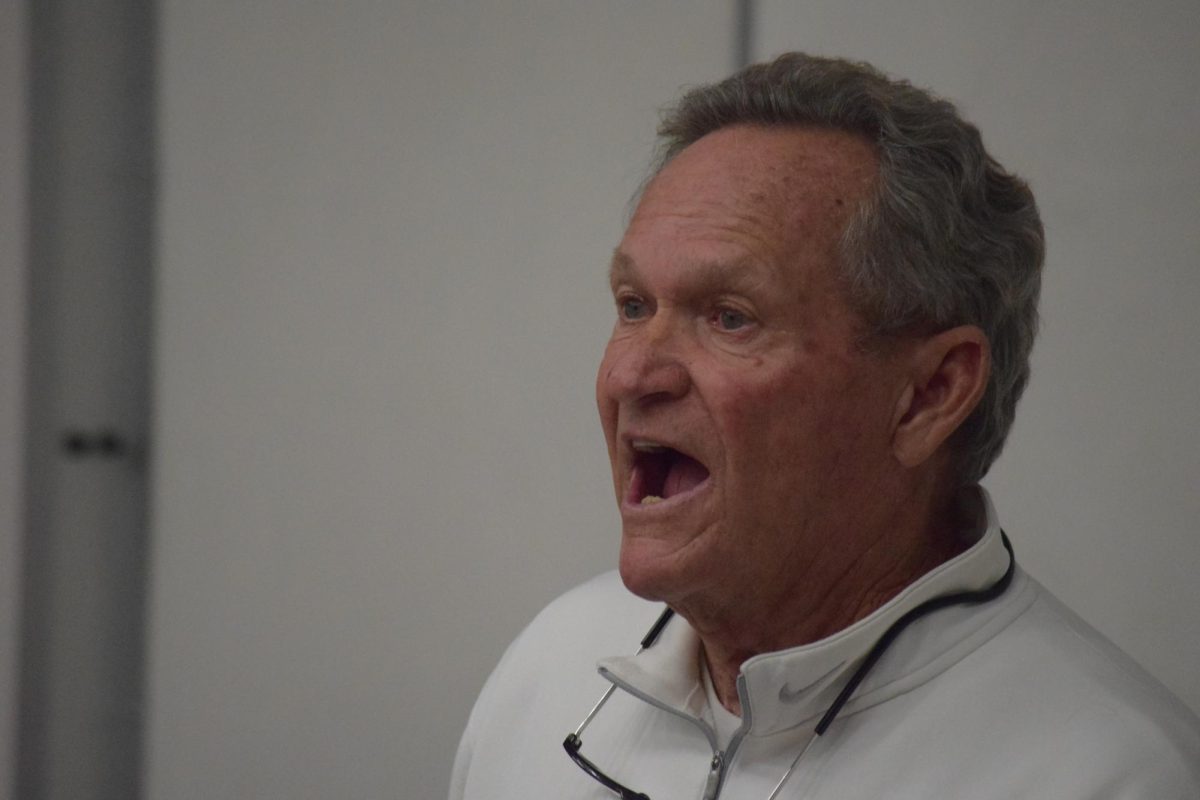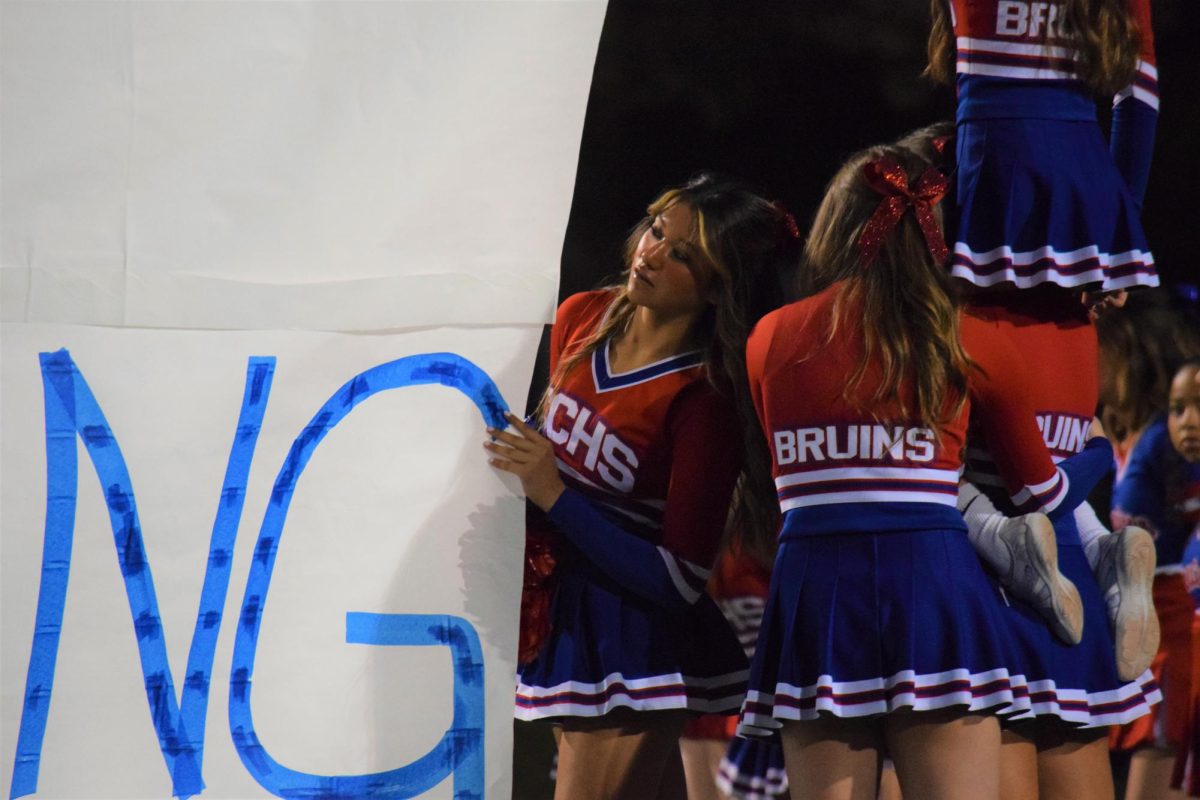Increase In Positive COVID-19 Cases Prompts Administrators to Consider Returning to Full Remote Learning
Science teacher Jessica Olsen records her third period Physics Honors class for students who are home due to COVID-19. “Right off the bat this semester we had so many quarantines,” she said. “I had at least two or three students out from every class, and I thought, ‘you’re going to have to streamline it to make it easier for people.’” She added that being able to watch the lessons from home should help students when deciding to stay home or not if they are showing signs of the virus.
January 13, 2022
Creek students returned from winter break on Jan. 4 to a grave warning. A rise in COVID-19 cases across the world and the outbreak of a new variant has led many schools to consider returning to a fully remote learning style.
Students have been attending full in-person learning since April 5, 2021 after over a year of remote or hybrid learning due to the initial COVID break out. Since then, life has been mostly normal except for following CDC social distancing and mask guidelines. Yet, coronavirus cases in the United States have surged dramatically with positive cases per day in the 600,000s.
So many students were not surprised when Principal Ryan Silva announced in his welcome back email on Jan. 4 the possibility of returning to full remote learning with a 10 a.m. to 2 p.m. block schedule.
“Due to the rise in COVID-19 omicron variant cases, we anticipate possible staff shortages that could impact our school including the need to move to remote learning for individual classrooms or our entire school,” Silva said in his email.
Staff shortages due to staying home with COVID symptoms would be the main cause for a return to this learning style. The decision, made by CCSD administrators, does not come from a concern for the safety of the school body, but from a lack of people to run it.
“To be told straight up, ‘we’re not concerned about safety or health; it’s just if we don’t have enough bodies to run the school,” an anonymous teacher said. “That’s the only reason we would shut down.’ It’s disheartening.”
Since about one sixth, about 100,000 per day, of the people in the United States who test positive for coronavirus are hospitalized, we know it’s a dangerous virus. And, according to the CDC, “infection, hospitalization, and death [due to COVID-19] is higher in unvaccinated than vaccinated persons.”
Unlike the remote learning of last year, however, teachers speculate that it would only last a few weeks until there are enough well faculty members to run Creek.
“It would be a much smaller window than what we have experienced in the past,” Silva said via email. “It could be as small as 10-14 days.”
The prospect of a small window to recover from COVID before diving back into school has many students and teachers feeling hopeful.
“I know that it’s better to be in person, but [we can] let this pass knowing that we’re going to come back in a week or two instead of how it was last time,” English teacher Yoon Park said. “We didn’t see an end to it.”
Fortunately, most students and teachers have grown used to being flexible with their schooling styles.
“I can roll with the punches,” math teacher Paul Wiggins said. “It’s not ideal but it helps people stay healthier.”
While remote learning is not preferred by most people, there are some benefits.
“I have mixed feelings cause I know that online school is not that good at learning,” senior Suhani Agarwal said. “But it’s 10 to 2 which is nice because I could sleep in a lot.”
Nonetheless, learning while staying healthy and safe presents new challenges and solutions everyday – whether that be encouraging vaccinations or returning to remote learning.
“Vaccines continue to be the most effective way of preventing severe illness, and they help prevent the spread of COVID-19 to others,” Silva said in his email.
For more information regarding COVID-19 and the vaccine visit: https://www.cdc.gov/coronavirus/2019-ncov/index.html

